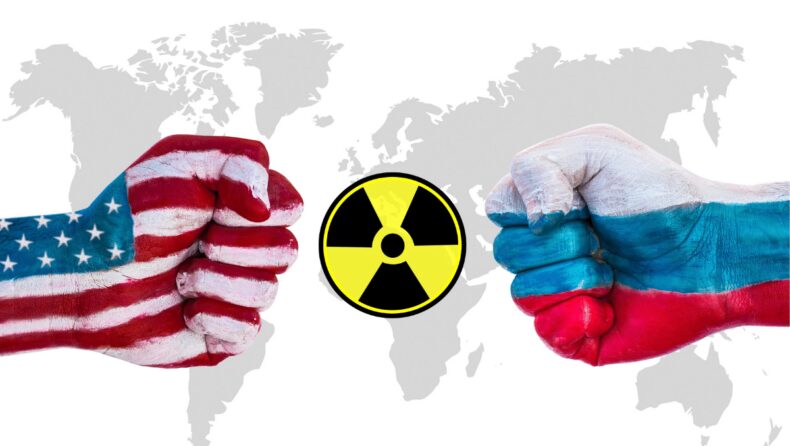Vladimir Putin announced that Russia will suspend its participation in the ‘New START’ treaty.
In a national address on Tuesday, 21st February 2024, Russian president Vladimir Putin announced that he is suspending the country’s participation in the New Strategic Arms Reduction Treaty ( New START), the last major arms control military agreement with the United States. Putin also repeated his accusations that the West was out to destroy Russia. The treaty was set to expire in 2026 and kept a check on the number of intercontinental-range nuclear warheads the two nations could deploy.

Moscow said that the “geopolitical realities have changed since the treaty was signed” and that the treaty had become one-sided as Washington had found ways to violate it.
US Secretary of State Antony Blinken called Putin’s decision deeply unfortunate and irresponsible. He added that the Biden administration remains ready to talk with Moscow at any time.
Blinken was joined by other Western allies which called on Putin to reverse this decision.
Russia’s foreign ministry later added that the decision was “reversible” and Moscow intends to abide by the restrictions in the treaty which outline the number of warheads it can have ready.
WHAT IS THE NEW START TREATY?
Signed by then-US President Barak Obama and his Russian Counterpart Dmitry Medvedev, the New START treaty, which stands for Strategic Arms Reduction Treaty, was signed in 2010 and entered into force in 2011. The treaty puts a limit on each country to have no more than 1,550 deployed nuclear warheads and 700 deployed missiles and bombers. It also includes rigorous verification procedures to ensure that both sides are complying with the terms of the agreement. Together Russia and US account for 90% of the global nuclear warheads.

The New START treaty was set to expire in February 2021, and negotiations on its extension were a top priority for the Biden administration. The U.S. and Russian delegations engaged in several rounds of talks in the months leading up to the expiration date, and the extension was finally agreed upon in the final days of the Trump administration.
The extension of the New START treaty was a welcome development for both countries, as it provides stability and predictability in the realm of nuclear arms control. It also sends a positive signal to the rest of the world that the United States and Russia are committed to reducing the risk of nuclear war and working towards global security.
HOW IS COMPLAINCE ENSURED BY RUSSIA AND US?
Compliance with the New START treaty is ensured through a rigorous verification regime that includes various measures and procedures to monitor and verify each party’s compliance with the treaty’s provisions. Here are some of the key verification measures under the New START treaty:
- Data exchange: Each country provides the other with a declaration of its deployed strategic delivery vehicles, launchers and warheads, including a breakdown of warhead numbers deployed across the three types of delivery vehicles.
- On-site inspections: The treaty allows both parties to conduct 18 on-site inspections of each other’s nuclear facilities every year to verify the accuracy of the data exchanged and to confirm that both sides are complying with the treaty’s provisions.
- Notifications: The US and Russia are required to notify each other in advance of any movements or changes in the status of their nuclear forces, including any new deployments, reductions, or withdrawals.
- National technical means: The treaty allows each party to use national technical means, such as satellites and other surveillance technologies, to monitor the other’s compliance with the treaty’s provisions.
- Bilateral Consultative Commission: The treaty established a bilateral commission in charge of compliance and implementation that meets at least twice each year unless otherwise agreed.

Since the treaty entered into force till February 1, 2024, the two parties have conducted 328 onsite inspections, exchanged 25,311 notifications, held 19 meetings of the BCC and held 42 biannual data exchanges.
CONCLUSION
The New START treaty provided stability and predictability in an increasingly unpredictable world, and it sent a positive signal to the rest of the world that the United States and Russia are committed to reducing the threat of nuclear war. It represented an important step forward in U.S.-Russia relations and provided a framework for future negotiations and agreements on nuclear arms control. It is important that the two superpowers can find common ground and work around this new development.













